#Veles
Explore tagged Tumblr posts
Text
Book of Veles
We know (e. g. from Wikipedia and sources it refers to) that thing "Book of Veles" is a fake. In literal sense of this word. it has been first attempted to fake the wooden plates, and represent these plates as an ancient and as fascinating archaeological discovery.
But even from that material only a photo of one side of one plate survived. From that some people "grown up" three variations of full text of the book.
One of things you can find in these texts is the tri-part cosmogony of "Prav, Yav, Nav" and basically, if anybody, such as Rodnovery, who consider the Book of Veles as own main book (don't want use word Bible here).
With murky status of this book, I would suggest to do this: lets those who do not recognize the Book of Veles as an important book of guidance for Slavic paganism, but believe in Veles, lets these people gather together and pray to Veles to ask him for new book, strongly and intensely.
And after that, if Veles will wish for that, some of these people, or one of them, will get inspiration to write such book of guidance.
And it will be said openly - yes, this is not an ancient book, yes, this is a new book, but it is inspired by Veles.
8 notes
·
View notes
Text

Finished commission for @tacogoats-swtor !!
#malavai quinn#malavai quinn x oc#sith warrior#veles#goethial art#swtor art#swtor#star wars the old republic#cyborg
21 notes
·
View notes
Text

#lightning#purple#lightning gods#thunder gods#thor#veles#zeus#hellenic#norse#slavic#hellenic pantheon#hellenic paganism#norse paganism#norse pantheon#slavic paganism#slavic pantheon#gods and deities#aesthetic#pagan#paganism#paganblr#op
175 notes
·
View notes
Text

It's the week of Weles!
all hail Weles the god of underworld, wilderness, trickery and magic!
all hail the werewolf king!
all hail you with the horns!
#witchcraft#pagan#paganism#deity work#rodnovery#rodzimowiercza wiara#rodzimowierstwo#weles#weles god#veles#veles god#slavic witchcraft#slavic pantheon#slavic gods#slavic mythology#slavic polytheism#slavic paganism
58 notes
·
View notes
Text

Veles, North Macedonia 1860s
#veles#benec#north macedonia#Македонија#1860s#europe#history#vintage#photography#architecture#19th century#places#housing#medieval#landscape#mountains#people#river#vardar#boat
46 notes
·
View notes
Text



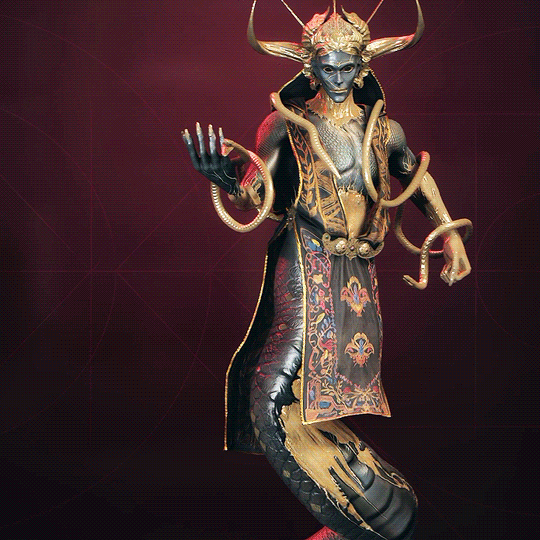
The Thaumaturge (2024)
Upyr | Bukavac | Lelek | Veles
226 notes
·
View notes
Text

Thank you for the question @newbiepagancat ! I’ll give you a direct answer and a broader view answer.
Direct answer: The general theme of the myth was reconstructed by slavists on the basis of folk songs, folktales and comparative mythology, there is no one concrete historical source. The names of gods and the storyline connecting multiple myths are an educated speculation by slavists of yore. The minute details are typically added by neopagans as they’re almost impossible to reconstruct.
The Russian philologists Ivanov and Toporov found (mainly on the tradition about Zeleni Jurij) traces of the principal myth of Perun and Veles, linking Jurij/Jarylo with the Balto-Slavic Jarovit, a deity of fertility, who was initially worshipped on April 15. Furthermore, Radoslav Katičić wrote extensively on Jurij’s myth among the Slavs and on the duel between the Thunder God with a dragon. Both Radoslav Katičić and Vitomir Belaj share the opinion that Jurij/Jarylo is the son of Perun and thus central to the pre-Slavic vegetation and fertility myth. Jurij was taken by envoys of Veles to the land of the dead from which he returned to the world of the living in spring. As a harbinger of spring, Zeleni Jurij is also connected with the circular flow of time and with renewal. According to Katičić’s reconstruction of the myth of Zeleni Jurij, the mythic story recounts how young Jurij rides his horse from afar, from the land of eternal spring and the land of the dead – from Veles’ land – across a blood-stained sea, through a mountain to a green field. (…) At the end of his journey, Jurij arrives at the door of Perun’s court to marry Perun’s daughter, (his own sister) Mara. Together with the sacrifice of the horse, the hieros gamos ensures the growth and fertility of plants. Some Slovene folktales and songs also mention an incestuous relationship between a brother and a sister, which is the reminiscence of the sacred marriage already mentioned in the myth of Kresnik. The sacred marriage is therefore also connected with Zeleni Jurij.
- Supernatural beings from Slovenian myth and folktales by Monika Kropej
Mikhailov summarized Ivanov’s and Toporov’s reconstruction of the basic myth by describing that the thunder god Perun, who dwells in the sky on the top of a mountain, persecutes his enemy, who has the form of a snake and lives below on earth. The reason for their conflict is that Veles stole cattle and people, as well as the Thunderer’s wife in some versions of the story.
- René Girard’s Scapegoating and Stereotypes of Persecution in the Divine Battle between Veles and Perun by Mirjana Borenović
Broader worldview answer: There are some common mythological themes that exist in one form or another among countless different cultures and peoples, adjusted to fit the local gods and their broader stories.
The God of Thunder fights The Serpent of the Waters. They have to fight - be it as Perun and Veles, as Thor and Jörmungandr, as Zeus and Typhon or as Marduk and Tiamat. The detailed reasons will vary but will make sense locally. The older and simpler reason is likely that we need a good justification for the changing of the seasons.
The Death will always take away someone’s Loved One, sometimes that Loved One will be a child, since that makes coping with the situation particularly difficult. That’s just what death does - be it as Veles and Yarilo or as Hades and Persephone. Bonus points for explaining the seasons changing too.
So let’s say you’re a slavist or a neopagan desperate for a coherent body of Slavic myths but lacking one. All you have to work with are some fleshless skeletons of myths, painstakingly glued together from random bones that you found here and there. Truth be told you only managed to get this far because they’re real classics of the genre and other cultures tend to have similar ones too. Let’s introduce the skeleton gallery in play here:
The Thunderer and the Serpent are fighting (described more in depth here),
The God of Death/Underworld abducts a child (described in the quotes above),
The Spirit of Vegetation has to die - creative sacrifice/murder (explained shortly here),
The Fire and Water need to marry at Midsummer - magical incest temporarily allowed (explained in this post, if it’s too long just read the last quote and the tldr).
(You might notice pretty much all those myths are centered around vegetation, what makes plants grow, and people needing to have food. Two first skeletons do a decent job of explaining change of seasons and the reason for seasonal coming of rains, that are needed for the fields to grow; two last ones are related to rituals that are supposed to ensure that land stays fertile/there’s enough sun and water so that grain grows and we can avoid starving.)
Ok, so let’s say you’re a slavist or a neopagan desperate for a coherent body of Slavic myths. What is the optimal way to connect the dots here?
Perun and Veles fight. Why are they fighting? Multiple reasons but the biggest one is Veles stealing something that rightfully belonged to Perun. What did he steal? Well the myth works perfectly if it’s a) a child and b) a spirit of vegetation. This fits both Morana and Yarilo and I saw fans of both versions, but let’s go with Yarilo here. Because of a flower, a folk song and an old chronicle Yarilo/Yarovit, the spirit believed to be one of vegetation, life, spring, sun etc. has to marry the spirit of vegetation, water and death, that miiiiiight also be his sister. How the fuck do you marry your own sister? Well you got abducted and separated at young age, but as The Spring, The Embodiment of Sprouting Seeds and maybe also The Sun Child, Yarilo (born at Midwinter) will come out from the Underworld uscathed as a young adult and meet a girl who he fails to recognize as his sister and marries at Midsummer (part of fertility ritual for good harvest). Anyway tragedy follows, could be murder, could be suicide, either way it has to be death.
Why? Because that’s what makes sense, the most optimal way to put together the puzzle pieces that we currently have. Does that mean that’s exactly what Ancient Slavs believed? No, but a) we don’t know for sure what they believed and will likely never find out for sure, b) they probably believed bunch of different, conflicting stories depending on the region.
Obviosuly speculating slavists are much more light-handed than speculating neopagans. The slavists will usually let you know which parts they added, why they hold this particular belief, what purpose this story may serve, what other authorities support their hypothesis, and of course, that nothing is for sure and this is merely a hypothesis. Neopagans are rarely this kind and forthcoming.
Have a lovely day!
Zarya
#slavic paganism#slavic mythology#slavic folklore#Perun#Veles#Yarilo#Jarilo#Morana#Marzanna#Marena#Pls don’t tell my boss what I’m doing at work#asks
52 notes
·
View notes
Text

hmmm veles methinks. god of the underworld, livestock, wild animals, forests etc etc,,
167 notes
·
View notes
Text

Because of Saint Blaise’s association with cattle it is thought that there may have been some dual belief with the slavic god Veles (among other things a slavic god of the underworld, earth, vegetation, farmers and cattle) lurking under the guise of the saint.
In the Czech agrarian environment his patronage of animals was significant. Herders turned to Blažej when they drove their cattle to pasture, to protect their herd from wild animals.
In an incantation collected by a priest from a herder in 1784 the herder asks Blažej to:
Lock the mouths of all wolves and she-wolves, lynxes, snakes, scorpions, hornets, sorcerers, and witches with three keys from the Virgin Mary,
So that they do not smell, hear, tear the skin, tear the hair, eat the flesh of the cattle, spill their blood, break their bones, or even see gods herd.
The livestock were often protected by a goad upon which the saint’s name was tucked.
Saint Blaise’s feast day is February 3rd.
Source
Caroling on Saint Blaise’s feast day in the Czech lands.
St. Blaise buns
#dual faith#czech#czechia#incantation#Slavic#folk Christianity#pagan#Veles#Saint Blaise#blažej#cattle#svaty blažej
33 notes
·
View notes
Text

The Sanctuary of Veles, Wałbrzych, November 2024
#fuji gfx50r#medium format#documentary#anew#new topographics#deadpan#walbrzych#veles#slavic mythology
32 notes
·
View notes
Text


Theron's boyfriends team up to help him relax-
This is also the most stressed Theron has been in his life lol
Veles belongs to @tacogoats-swtor
#theron shan#oc sebastian#veles#goethial art#artists on tumblr#star wars the old republic#star wars#swtor#swtor oc#cyborg
126 notes
·
View notes
Text
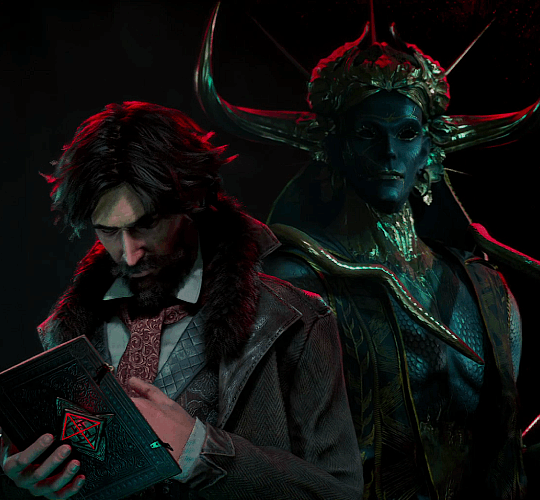
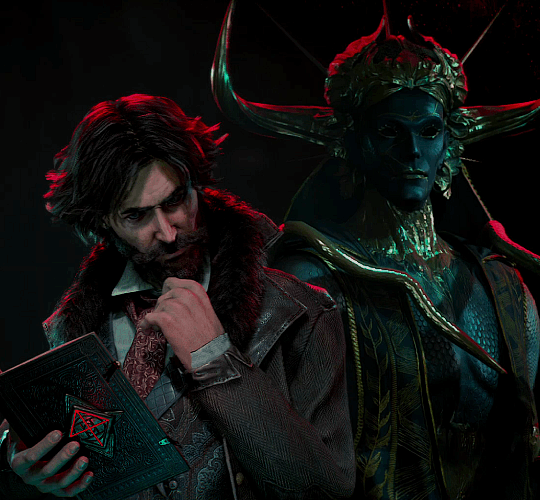
Veles
"The Slavic lord of the underworld, the god of wealth, a schemer. The soirée gives him the perfect conditions for feeding, goading, and plotting."
144 notes
·
View notes
Text
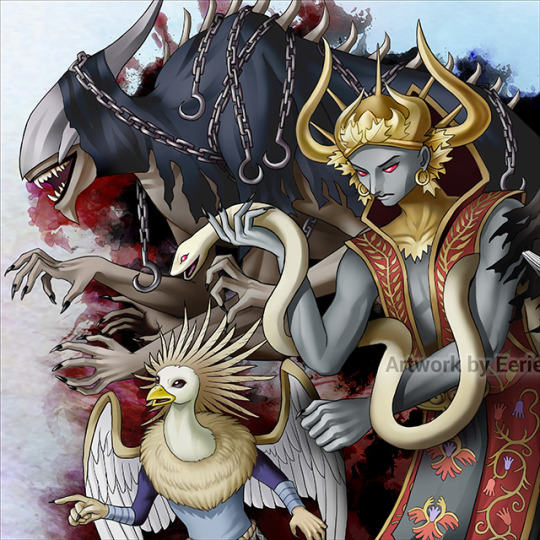

Wiktor Szulski, magician-detective in 1905 Warsaw, and his salutors.
My fanart of the indie demon-summoning RPG 'The Thaumaturge.' I drew this inspired by the old-school Shin Megami Tensei art style of Kazuma Kaneko.
The salutors depicted here -- Upyr, Bukavac, Lelek, and Veles -- are all of Slavic origin! Last suggestion piece, thanks to my 1.1k Twitter followers! Wiktor Szulski was suggested by North Adamus
The Thaumaturge © Fool's Theory Artwork © EerieAyres
#artists on tumblr#the thaumaturge#wiktor szulski#slavic mythology#kazuma kaneko#slavic folklore#thaumaturge#upyr#bukavac#lelek#veles#fool's theory#11 bit studios#indie games#shin megami tensei#megaten#art style#my art#digital art#fanart
72 notes
·
View notes
Text


Just realized I didn't post this here. My very short comic "The Vow" translated into English!
36 notes
·
View notes
Text
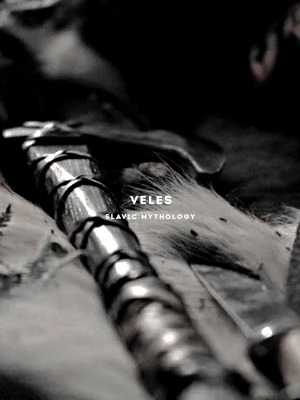




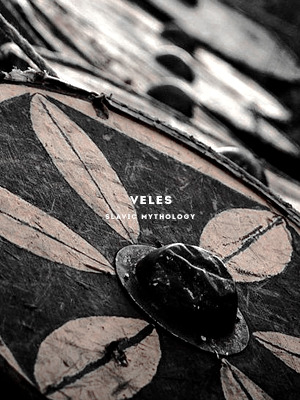
slavic mythology: veles (volos)
"Veles, also known as Volos, is a major god of earth, waters, livestock, and the underworld in Slavic paganism. According to reconstruction by some researchers, he is the opponent of the supreme thunder god Perun. As such he probably has been imagined as a dragon, which in the belief of the pagan Slavs is a chimeric being resembling a cross between a bear and a snake that devours livestock."
#mythedit#mythologyedit#slavicedit#folkloreedit#mythology#slavic mythology#slavic folklore#veles#mine
143 notes
·
View notes
Text


Veles
31 notes
·
View notes